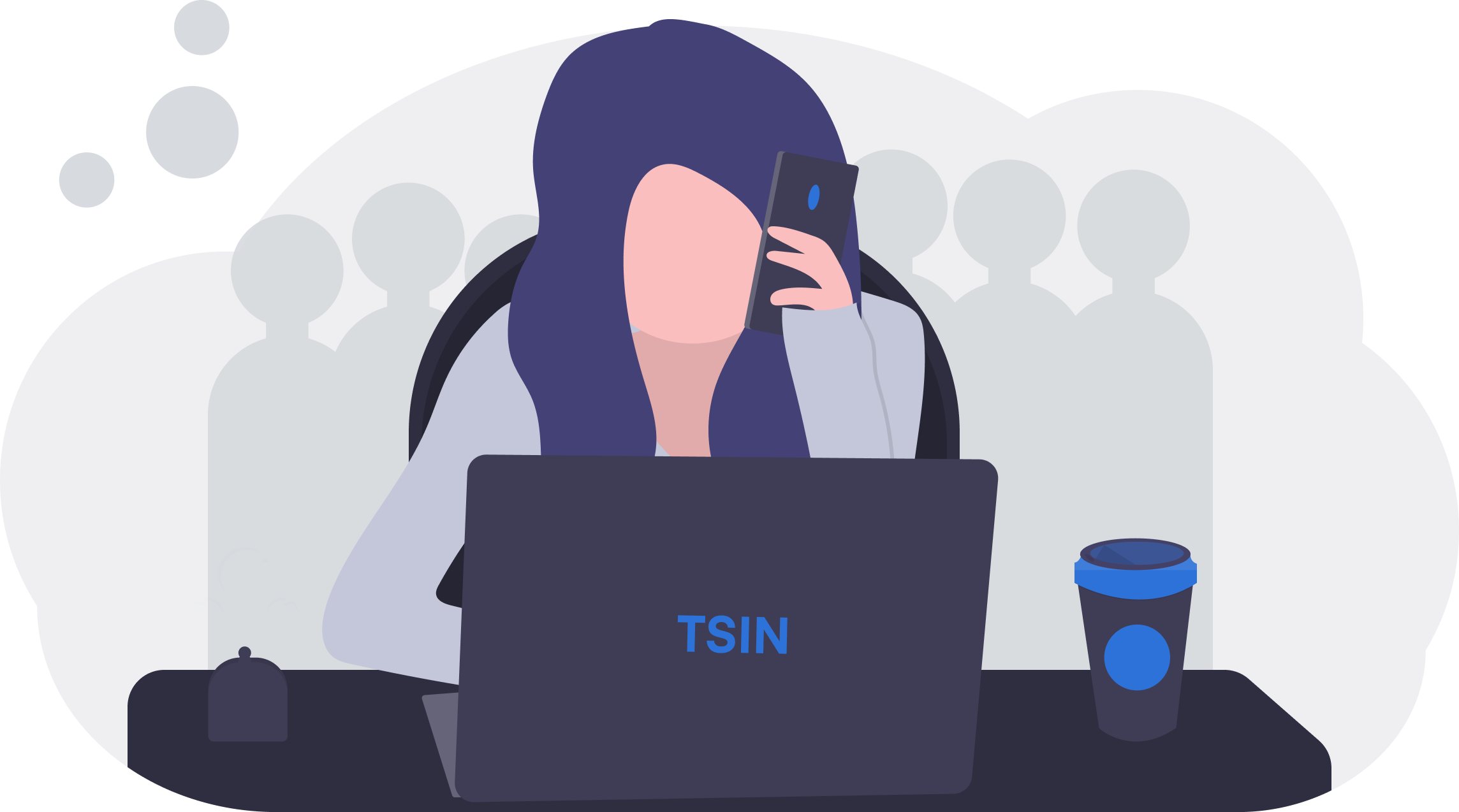In-depth Guide: Edge computing in the 5G era: Why it is relevant more than ever!
Edge computing is a distributed computing paradigm that brings computation and data storage closer to the edge of the network, closer to where the data is generated and consumed. This can improve latency, network bandwidth utilisation, and security.
5G is the fifth generation of cellular network technology, and it promises to deliver much higher speeds, lower latency, and greater capacity than previous generations. This makes it ideal for supporting edge computing applications.
There are many benefits to using edge computing in the 5G era. Here are a few of the most important ones:
● Reduced latency: Edge computing can significantly reduce latency by bringing computation and data storage closer to the end user. This is important for applications that require real-time response, such as autonomous driving, virtual reality, and augmented reality.
● Improved network bandwidth utilisation: Edge computing can help to improve network bandwidth utilisation by offloading some of the processing and data storage from the core network to the edge. This can free up bandwidth for other applications and services.
● Enhanced security: Edge computing can help to improve security by reducing the amount of data that needs to be transmitted over the network. This can make it more difficult for attackers to intercept or steal data.
As 5G becomes more wide spread, edge computing is likely to become even more important. This is because 5G will enable new and more demanding applications that require low latency and high bandwidth. Edge computing can help to make these applications possible by providing the computing and storage resources that they need closer to the end user.
Here are some specific examples of how edge computing is being used in the 5G era:
Autonomous driving: Edge computing is being used to power autonomous vehicles. Edge devices in the vehicle can collect and process data from sensors, such as cameras and radar, in real time. This data is then used to make decisions about how to control the vehicle.
Virtual reality and augmented reality: Edge computing is being used to power virtual reality and augmented reality applications. Edge devices can stream high-resolution video and audio to VR headsets, and they can also process data from sensors in the headset, such as head tracking and hand tracking.
Industrial IoT: Edge computing is being used to collect and process data from industrial IoT devices. Edge devices can collect data from sensors in factories, warehouses, and other industrial settings. This data can then be used to monitor equipment, optimise operations, and prevent accidents.
These are just a few of the many ways that edge computing is being used in the 5G era. As 5G becomes more widespread, we can expect to see even more innovative applications of edge computing. Contact Telecoms Supermarket India today for your Private 5G and IoT requirements.

